Die Anschrift
304 Nordkardinal St.
Dorchester Center, MA 02124
Arbeitsstunden
Montag bis Freitag: 7:00 - 19:00
Wochenende: 10:00 - 17:00
Shandong Expertengruppe für medizinische Geräte
Expert Medical Equipment Group, als einer der professionellsten Hersteller und Exporteure von medizinischen Geräten in China, besteht darauf, dem weltweiten Markt überlegene Qualität, Sicherheit und zuverlässige Produkte sowie den besten After-Sales-Service anzubieten.


Die OP-Tischserien von Expert Medical erfüllen vollständig die Anforderungen der Allgemeinchirurgie, des Herzens, des Kopfes, des Halses, der Brusthöhle und anderer chirurgischer Eingriffe.
Die OP-Lampenserien von Expert Medical sind in verschiedenen Bereichen der Operationsbeleuchtung und Zusatzbeleuchtungssysteme beteiligt.
Expert Medical bietet verschiedene Arten von Krankenhaus-Intensiv- und Pflegebetten, die ein wirklich schönes Design und eine lange Lebensdauer haben.
Sie sind ideale Arbeitsplätze für medizinische Gase, Netzteile, Instrumentenplattformen, Infusionspumpengestelle und Netzwerkausgangsterminals in Krankenhäusern.
Medizinprodukte dürfen keine Unregelmäßigkeiten aufweisen. Wir verfügen über die besten technischen Ingenieure, die an der Produktentwicklung und -bewertung teilnehmen und sich verpflichtet haben, allen Kunden einen effizienten und hohen Service zu bieten.
Neben der Herstellung medizinischer Geräte beschäftigen wir uns auch mit der Erforschung und Entwicklung moderner und hochtechnologischer Industrien und unterstützen medizinische Einrichtungen bei der Verbesserung der Diagnose- und Behandlungswirkung bei verschiedenen Krankheiten.
Expert Medical ist seit mehr als 17 Jahren in der Herstellung medizinischer Geräte und im technischen Service tätig und bietet allen Kunden weiterhin zeitnahe Marktinformationen und technischen Support mit einem professionellen technischen Team, um verschiedene Anforderungen des Pre-Sales- und After-Sales-Service zu erfüllen.
Expert Medical hat seinen Sitz in Qufu City, Provinz Shandong, dem größten Industriecluster für chirurgische Geräte in China und sogar weltweit. Unsere Hauptprodukte sind: OP-Lampenserien, OP-Tischserien, medizinische Anhänger, medizinische Bettenserien usw., mehr als 200 Spezifikationen.

WIR LIEBEN WAS WIR TUN
Es ist besser, ein guter Spezialist in einem Geschäft zu sein als ein Durchschnitt in mehreren Branchen.
Unser Design- und Fertigungsteam für medizinische Geräte kennt die Bedürfnisse von Patienten und Ärzten. Daher sind wir überzeugt, dass wir Experten in der Medizintechnikbranche sind.
Wir sind einer der führenden Hersteller von High-Tech-Medizingeräten, und die Produkte werden in Krankenhäusern und Kliniken auf der ganzen Welt vertrieben und von einem umfangreichen Vertriebsnetz unterstützt.
Alle Produktionsstufen unserer Produkte unterliegen einer strengen Kontrolle und jeder Schritt wird einer genauen und professionellen Qualitätskontrolle und Prüfung unterzogen. Alle Produkte haben eine nahezu perfekte Leistung in der medizinischen Praxis.
Neben grundlegenden chirurgischen Operationsgeräten und Krankenhausinstrumenten produzieren und liefern wir auch medizinische Diagnosegeräte, digitale Behandlungs- und Wiederherstellungsgeräte und andere Produktserien, Hunderte von Sorten und Spezifikationen, um verschiedene Anforderungen zu erfüllen. Stoppen Sie den Anbieter von Lösungen für medizinische Geräte.
Als professioneller Hersteller medizinischer Geräte aus einer Hand verfügt EXPERT MEDICAL über eine integrierte Lieferkette, um eine vollständige Palette von Dienstleistungen für medizinische Geräte für Operationssäle, Intensivpflegebereiche und Einrichtungen der Grundversorgung usw. mit moderner Produktionstechnologie und strenger Kostenkontrolle anzubieten die kostengünstigsten Produkte für alle unsere Kunden.

Von Basisbetten, medizinischem Mobiliar und Wagen bis hin zu OP-Geräten, diagnostischen Tests und Rehabilitationsphysiotherapie – die Expertise des Expertenteams für medizinische Geräte im Risiko- und Projektmanagement macht uns zum bevorzugten Lieferanten für Krankenhäuser in mehr als 70 Ländern. Wir werden auch weiterhin unsere Vorteile voll ausspielen und professionelle medizinische Geräte anbieten.
Unsere Hauptachse ist ständige Innovation; Wir verpflichten uns zur kontinuierlichen Entwicklung und Umsetzung neuer Standards in Bezug auf Produktqualität und Serviceeffizienz. Wir haben viele eingetragene technische Patente und Zertifizierungen gesammelt. Unser Bestreben ist es, unseren Kunden die beste Erfahrung zu bieten und zur Verbesserung und Modernisierung der Gesundheitssysteme weltweit beizutragen.
EXPERT MEDICAL verkauft nicht nur Produkte, sondern bietet auch die richtige Installationsschulung und -schulung an, um Kunden bei der Ausführung von Arbeiten auf höchstem Niveau zu unterstützen. All dies hat einen ethischen Aspekt, da EXPERT MEDICAL die althergebrachten Werte Integrität und Ehrlichkeit hochhält und alle Kunden immer als unsere freundlichen Kooperationspartner behandelt.
Wir verstehen die ursprüngliche Absicht und die Gründe, warum Kunden medizinische Geräte anpassen, damit wir die am besten geeignete Ausrüstung bereitstellen können. Wir haben ein professionelles Forschungs- und Entwicklungsteam, das die Anforderungen verschiedener Kunden an kundenspezifische medizinische Geräte entwirft und anpasst und Produkte mit unterschiedlichen Spezifikationen gemäß unterschiedlichen Anforderungen bereitstellt, um eine höhere Arbeitseffizienz zu gewährleisten. Teilen Sie uns jetzt Ihre Anpassungswünsche mit, um Ihnen das Beste zu bieten professionelle Ausrüstung und Produkte.
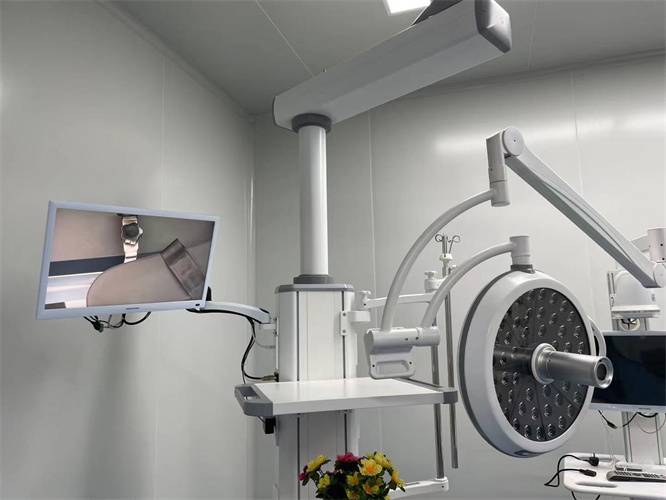

EXPERT MEDICAL ist bestrebt, während des gesamten Herstellungsprozesses medizinischer Geräte ein beruhigendes Qualitätssystem zu etablieren. Für diesen Kernwert sind wir sowohl für unsere Kunden als auch für die gesamte Branche verantwortlich.
Choosing the right medical hospital bed is more than just...
WeiterlesenThis blog explores the importance of advanced medical lighting, its...
WeiterlesenIn this article, we’ll explore the essential steps to evaluate...
WeiterlesenThis blog explores the numerous benefits of investing in a...
Weiterlesen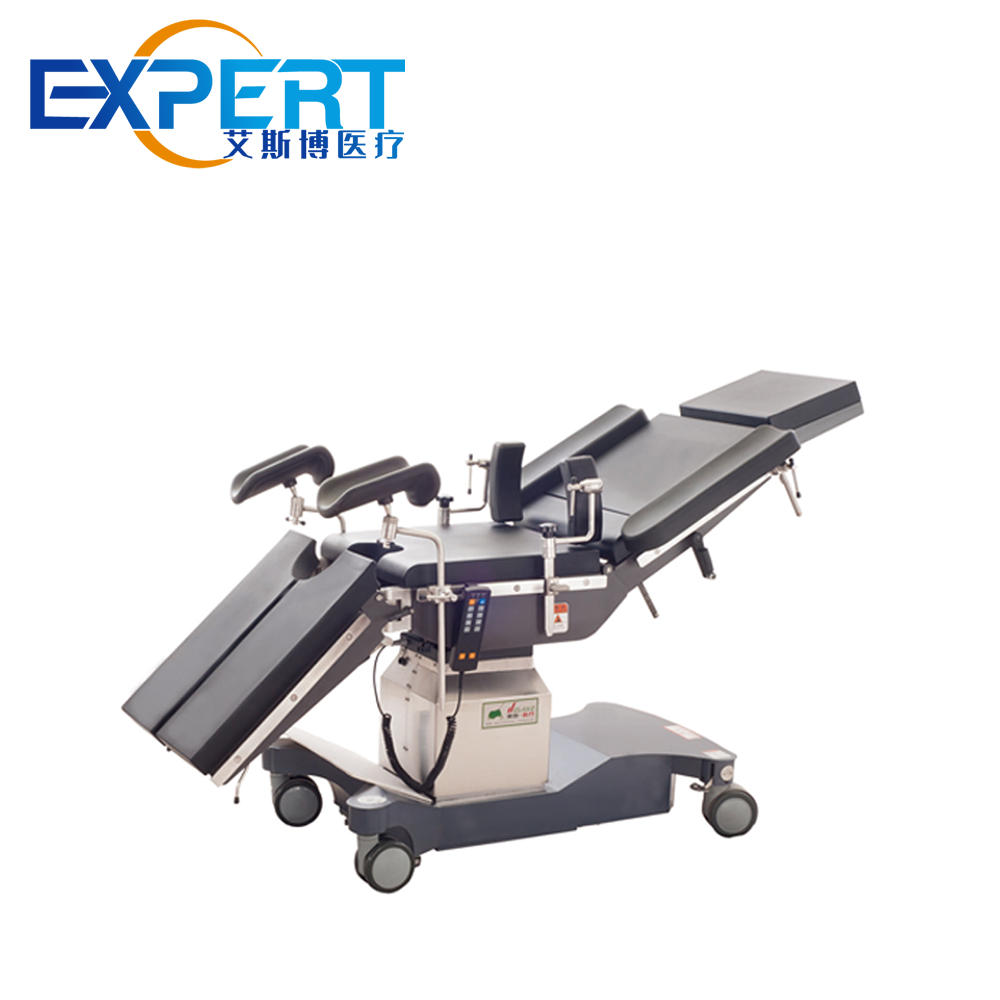
Die OP-Tischserien von Expert Medical erfüllen vollständig die Anforderungen der Allgemeinchirurgie, des Herzens, des Kopfes, des Halses, der Brusthöhle und anderer chirurgischer Eingriffe.

Die OP-Lampenserien von Expert Medical sind in verschiedenen Bereichen der Operationsbeleuchtung und Zusatzbeleuchtungssysteme beteiligt.
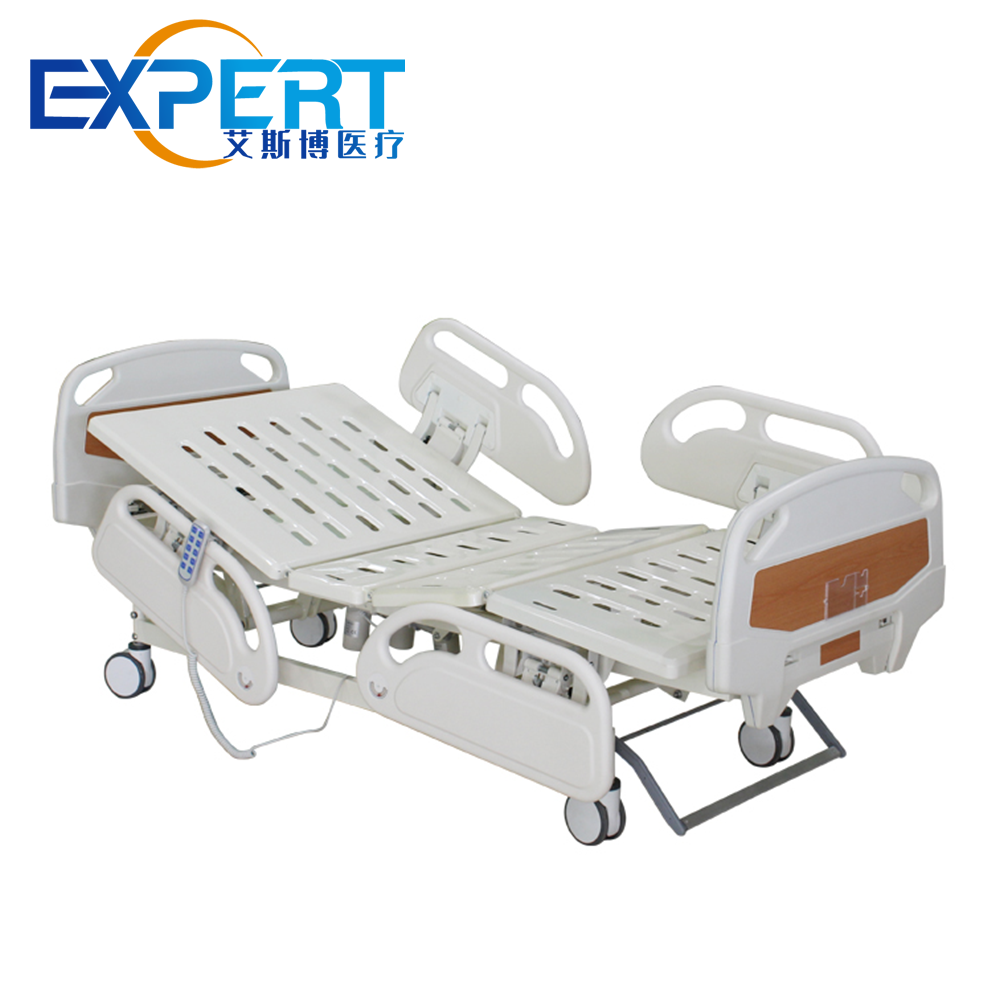
Fachkundige Medizin bietet verschiedene Arten von Krankenhausbetten für Intensiv- und Krankenpflege an, die ein wirklich schönes Design und eine lange Lebensdauer aufweisen.

Ob in der täglichen medizinischen Versorgung oder in der Chirurgie, die OP-Wagen von Expert Medical können Ihnen helfen, effizienter zu arbeiten.
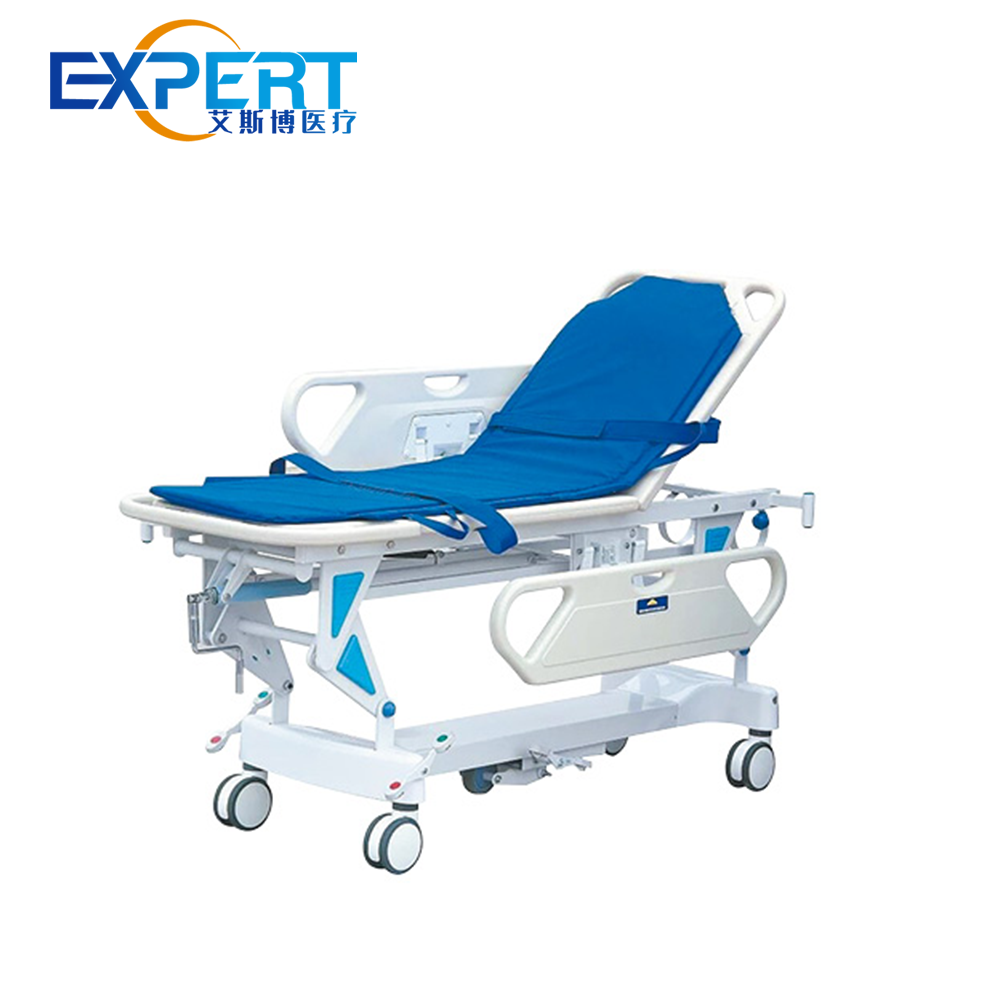
Mit einer Vielzahl von strukturellen und funktionellen Funktionen bieten Expert Tragen Kraftunterstützung bei der Notfallrettung und beim Patiententransport.
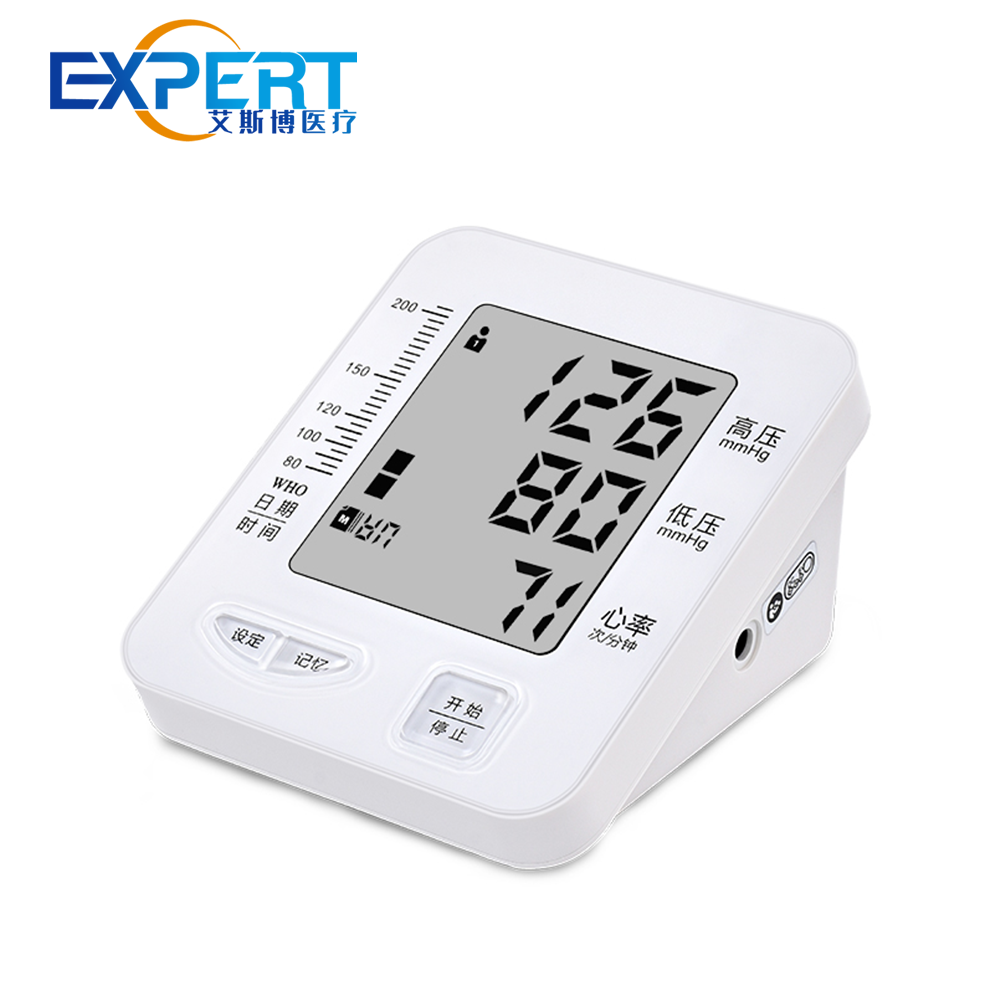
Die anderen medizinischen Geräte von Expert Medical arbeiten zusammen, um ein komplettes medizinisches System aufzubauen.
Wir sind bestrebt, unseren Kunden ein Verkaufsmodell aus einer Hand zu bieten; Wir legen mehr Wert auf die Zufriedenheit unserer Kunden.
